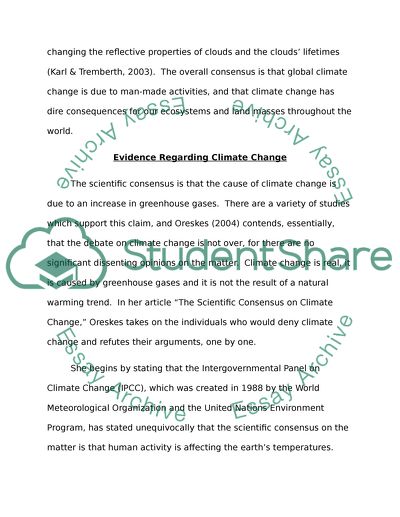Cite this document
(“Climate Disruption Term Paper Example | Topics and Well Written Essays - 2750 words”, n.d.)
Retrieved de https://studentshare.org/environmental-studies/1391514-climate-disruption
Retrieved de https://studentshare.org/environmental-studies/1391514-climate-disruption
(Climate Disruption Term Paper Example | Topics and Well Written Essays - 2750 Words)
https://studentshare.org/environmental-studies/1391514-climate-disruption.
https://studentshare.org/environmental-studies/1391514-climate-disruption.
“Climate Disruption Term Paper Example | Topics and Well Written Essays - 2750 Words”, n.d. https://studentshare.org/environmental-studies/1391514-climate-disruption.


